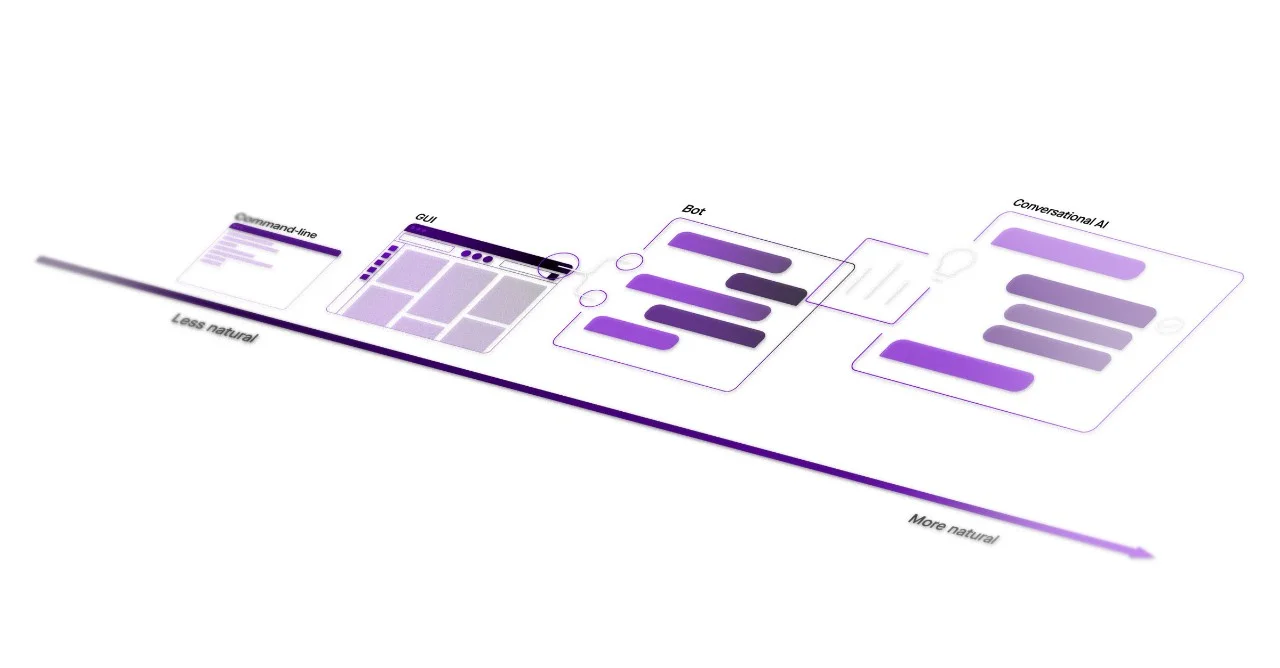- Text 1
How does optimization work?
Optimization is the process of iteratively adjusting a machine learning model's parameters to minimize a loss function. More specifically, optimization algorithms like gradient descent tweak the weights and biases of neural networks during training to steer model predictions closer to ground truth outcomes on training data.
With neural networks, the model parameters are first randomly initialized. This results in essentially random outputs. Optimization works by passing batch after batch of training data through the network, each time calculating the loss function that quantifies the divergence between the model's predictions and true targets. Based on this error signal, optimization algorithms like gradient descent then make small parameter updates in the direction that will reduce the loss.
Over many incremental optimization rounds, prediction accuracy improves as the model parameters are tuned to lower the loss function. This cycle of forwarding data through the network, calculating error, and updating parameters enables the model to learn complex patterns and relationships within the training data. Optimization methods like gradient descent are what drive models to make increasingly accurate predictions on new unseen data, powering the learning process that makes AI systems become more intelligent over time. The optimal parameter states found via this iterative loss minimization process are what capture the knowledge that underlies intelligent behavior.
Why is optimization important?
Optimization is crucial for training performant AI systems. Without optimization algorithms iteratively updating parameters, models would not improve beyond random guessing. Optimization drives the learning process that enables models to ingest data and improve at tasks. It allows models to minimize prediction errors and find optimal solutions tailored to the problem and data.
Optimizing over training data is what sculpts models into capable and accurate representations for real-world use. Optimization methods like gradient descent provide the foundation for models across computer vision, NLP, recommender systems, and more to develop skills and expertise.
Why does optimization matter for companies?
Optimization unlocks the full value of AI by enabling robust and accurate systems. Only through rigorous optimization over training data will models deliver the reliable intelligence needed for business impact.
Optimization allows companies to develop AI with customized performance for their challenges and data. It enables creating tailored models across use cases like personalized recommendations, predictive analytics, efficient search, content moderation and more. Continued optimization also allows improving models over time by integrating new data. Overall, optimization gives companies the power to harness AI that can extract insights, automate processes, and enhance customer experiences — delivering robust business value.


